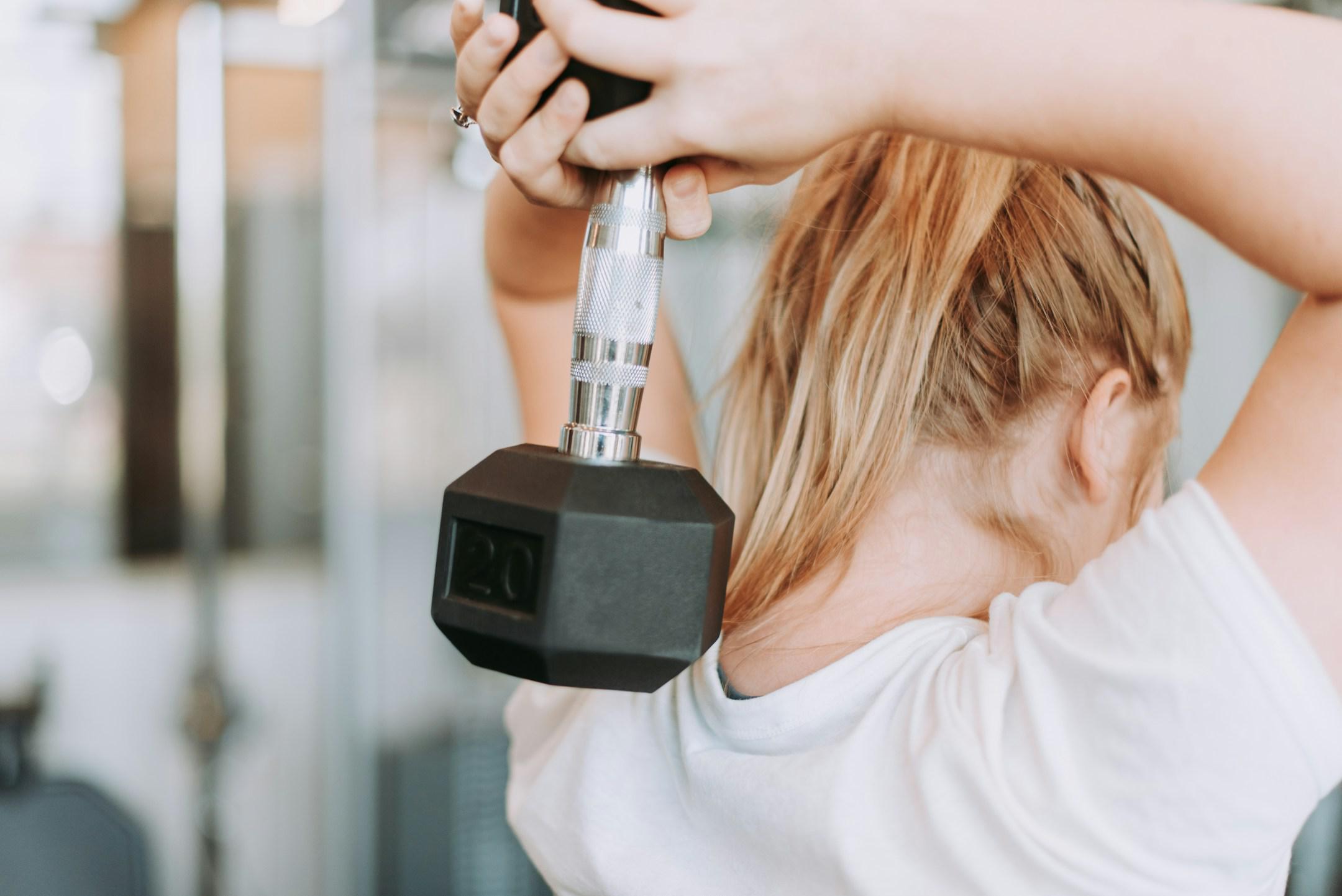
In recent years, home fitness has transformed from a niche market into a booming industry, with more individuals opting to build their own personal gyms. Whether you're a fitness enthusiast or just getting started, the right equipment can make all the difference. Here’s your ultimate guide to setting up a home gym that suits your needs and fitness goals.
Understanding Your Fitness Goals
Before diving into the sea of available equipment, it’s crucial to define what your fitness goals are. Are you looking to build strength, enhance cardiovascular health, lose weight, or perhaps a combination of these? Your goals will significantly influence the types of equipment you should consider.
Cardio Equipment
Cardiovascular exercise is essential for heart health and burning calories. Here are some of the top pieces of cardio equipment for your home gym:
- Treadmills: Perfect for walking, running, or jogging, whatever the weather outside.
- Ellipticals: A low-impact alternative that’s easier on your joints while providing a full-body workout.
- Stationary Bicycles: Excellent for high-intensity interval training (HIIT) or leisurely rides, without taking up too much space.
Strength Training Equipment
If building muscle or toning your body is your aim, you’ll want to invest in some strength training equipment. Options include:
- Adjustable Dumbbells: Save space with dumbbells that can be adjusted to various weights for different exercises.
- Kettlebells: Ideal for dynamic movements that improve strength, balance, and agility.
- Resistance Bands: Versatile and perfect for strength training at any fitness level.
Core and Flexibility Equipment
Strengthening your core and improving flexibility are essential for overall fitness and injury prevention:
- Yoga Mats: Essential for yoga, stretching, and any floor exercises.
- Balance Balls: Useful for core workouts and improving balance.
- Foam Rollers: Great for self-myofascial release, improving blood flow and flexibility.
Setting Up Your Home Gym
When setting up your home gym, consider the space available and how much equipment you can realistically accommodate. Start with the essentials based on your fitness goals and gradually add more equipment as needed. Ensure to leave space for movement and proper usage of each piece of equipment.
Maintenance and Safety
Maintaining your equipment is vital to ensure longevity and safety while working out. Regularly check for any wear and tear, especially on items like resistance bands and weights. Keep your equipment clean and store it properly when not in use.
Conclusion
Creating a home gym is a fantastic way to stay fit and healthy, tailor-made to your personal fitness journey. With the right setup, you can enjoy a convenient and customized workout experience right at your doorstep.